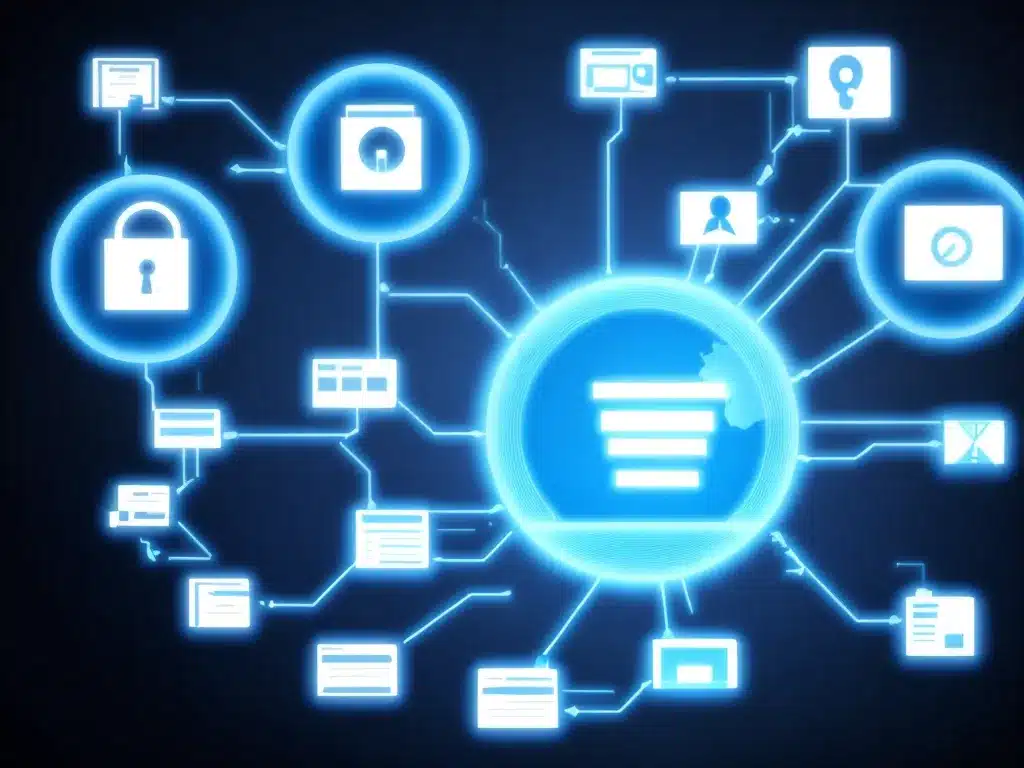Introduction
The Internet of Things (IoT) refers to the billions of physical devices around the world that are now connected to the internet, collecting and sharing data. This includes everything from smartphones and wearables to appliances and industrial equipment. While the IoT has the potential to transform businesses and industries, it also comes with significant cybersecurity risks that must be addressed. In this guide, I aim to provide business leaders and IT professionals with practical tips and strategies to secure their IoT devices and networks.
Understanding the IoT Cybersecurity Threat Landscape
The IoT introduces a vast new attack surface for cybercriminals to exploit. Many IoT devices are manufactured cheaply with poor security features. The key threats include:
- Unsecured Devices: IoT devices often ship with default passwords that are easy for hackers to guess and crack. They can then be infected with malware.
- Vulnerable Protocols: IoT devices frequently use insecure protocols for communication which can be intercepted.
- Lack of Encryption: Data transmitted between IoT devices and the cloud is sometimes unencrypted, allowing snooping.
- Distributed Denial of Service (DDoS) Attacks: Infected IoT devices can be co-opted into botnets to overwhelm servers with traffic.
- Data Breaches: Sensitive personal or business data collected by IoT devices can be stolen if not properly secured.
These threats are real. Gartner predicts that by 2020 over 25% of cyber attacks against enterprises will involve misused IoT devices.
Developing an IoT Cybersecurity Strategy
Here are key steps businesses should take to develop a cybersecurity strategy for the IoT:
H2: Conduct a Risk Assessment
- Catalog all IoT devices, assets, and data flows across the organization.
- Identify which are most vulnerable to cyber attacks.
- Assess potential impacts of compromise to assets and the business.
H2: Implement Strong Device Authentication
- Require users and devices to authenticate before being allowed on IoT networks.
- Use strong, unique passwords for device logins rather than default passwords.
- Employ two-factor authentication where possible.
H2: Ensure Proper Network Segmentation
- Logically separate the IoT network from other IT assets.
- Set up firewalls between IoT devices and the corporate network or cloud.
- This will help contain threats from spreading if IoT devices get breached.
H2: Encrypt Network Traffic
- Implement encryption technologies like VPNs and SSL/TLS to encrypt data flows between IoT devices, networks, and the cloud.
- This protects sensitive data from prying eyes.
H2: Install Security Updates
- Ensure all IoT devices and software are patched and updated to the latest versions.
- Sign up for security notices from device manufacturers regarding vulnerabilities.
H2: Monitor for Threats
- Use intrusion detection and analytics tools to identify anomalies and cyber threats in the IoT environment.
- Monitoring outbound traffic can detect if devices are part of a botnet.
Key IoT Security Technologies and Tools
Adopting the right technologies and tools is critical to building an effective IoT cybersecurity program:
- Device Management: Solutions like Microsoft Intune allow centralized management and configuration of IoT devices.
- Identity & Access Management (IAM): Manages access to IoT devices and data via roles and permissions.
- Certificate-Based Authentication: Uses digital certificates to authenticate devices joining the network. More secure than passwords.
- Network Monitoring: Tools like Wireshark analyze network traffic patterns to the IoT environment for anomalies.
- Network Segmentation Tools: Technologies like VLANs and firewalls logically separate the IoT network.
- Endpoint Security: Anti-malware and systems management solutions help secure individual IoT endpoints.
Partnering with an MSP for Ongoing Management
Given the complexity, many businesses choose to partner with a Managed Service Provider (MSP) to manage and monitor their IoT cybersecurity on an ongoing basis. MSPs have the people, processes, and technologies to handle tasks like:
- 24/7 real-time monitoring for security threats
- Vulnerability scanning and penetration testing
- Installing and managing endpoint protection
- Applying security patches and updates
- Enforcing security policies and compliance regulations
- Providing regular reports and recommendations
Partnering with an MSP provides peace of mind that the organization’s IoT footprint is being secured by seasoned experts.
Conclusion
Securing the Internet of Things requires a multilayered cybersecurity approach. By taking inventory of IoT devices, segmenting networks properly, implementing strong access controls and encryption, and leveraging the right technologies, businesses can make their IoT ecosystem far more secure from modern cyber threats. Partnering with a trusted MSP for around-the-clock monitoring and management provides an additional layer of protection and expertise.













